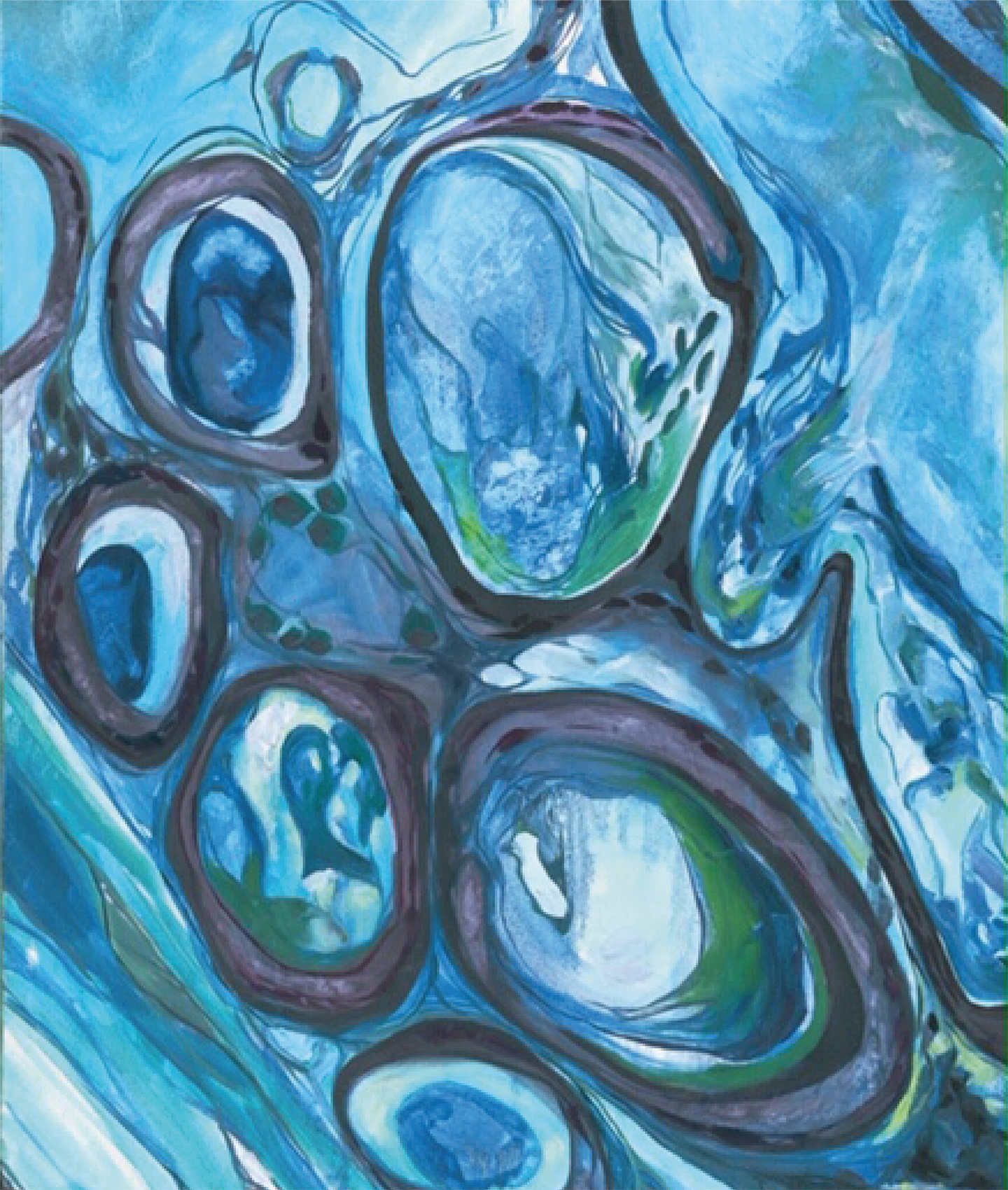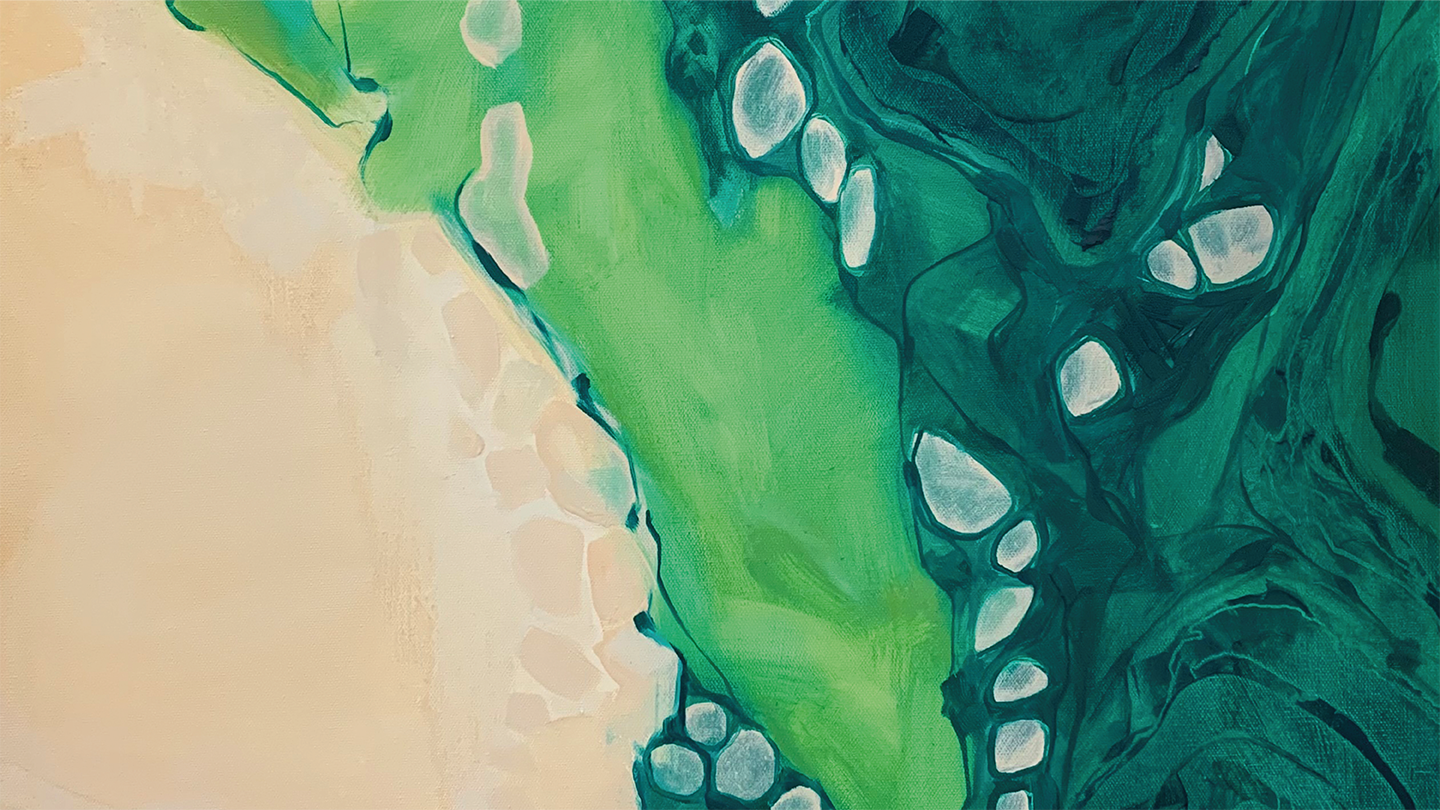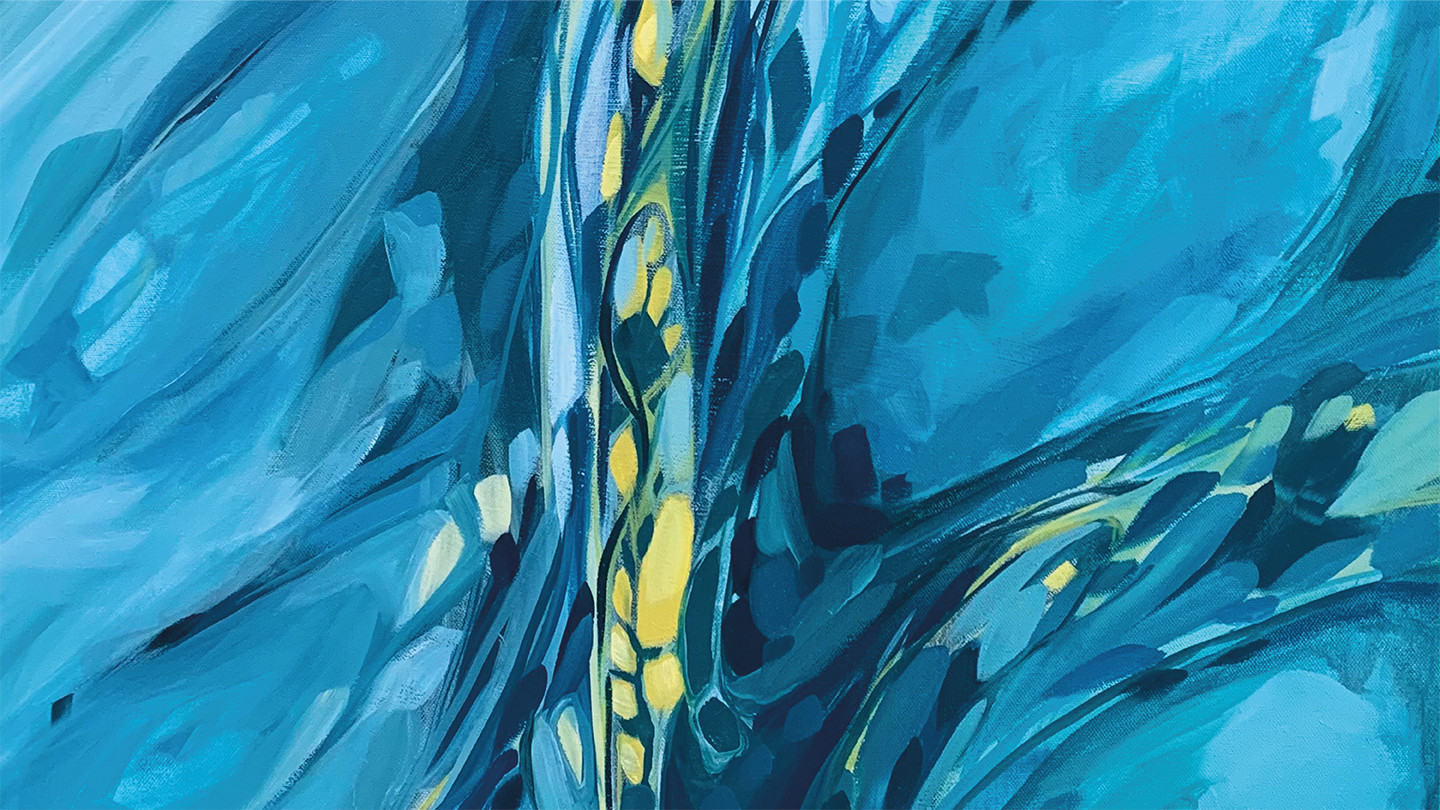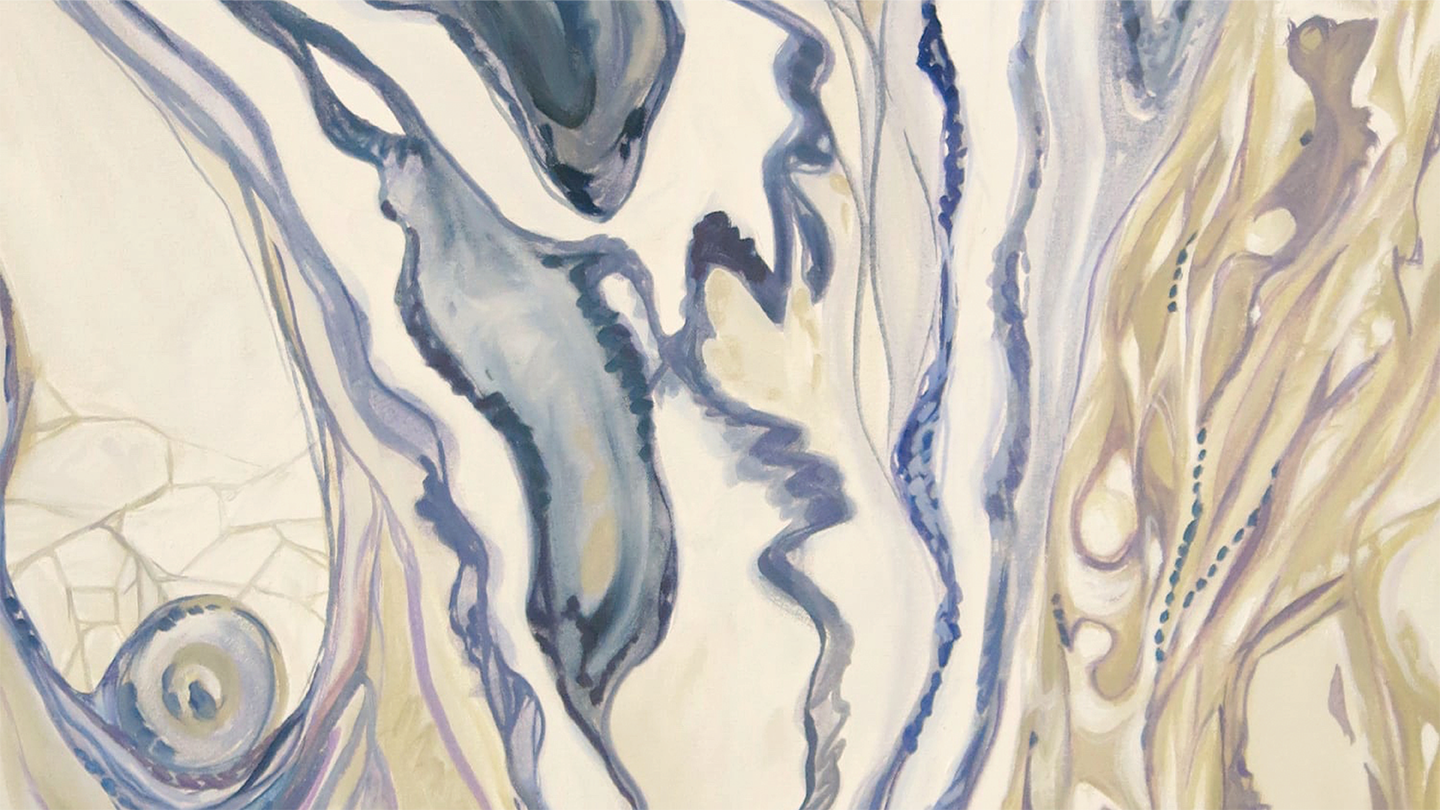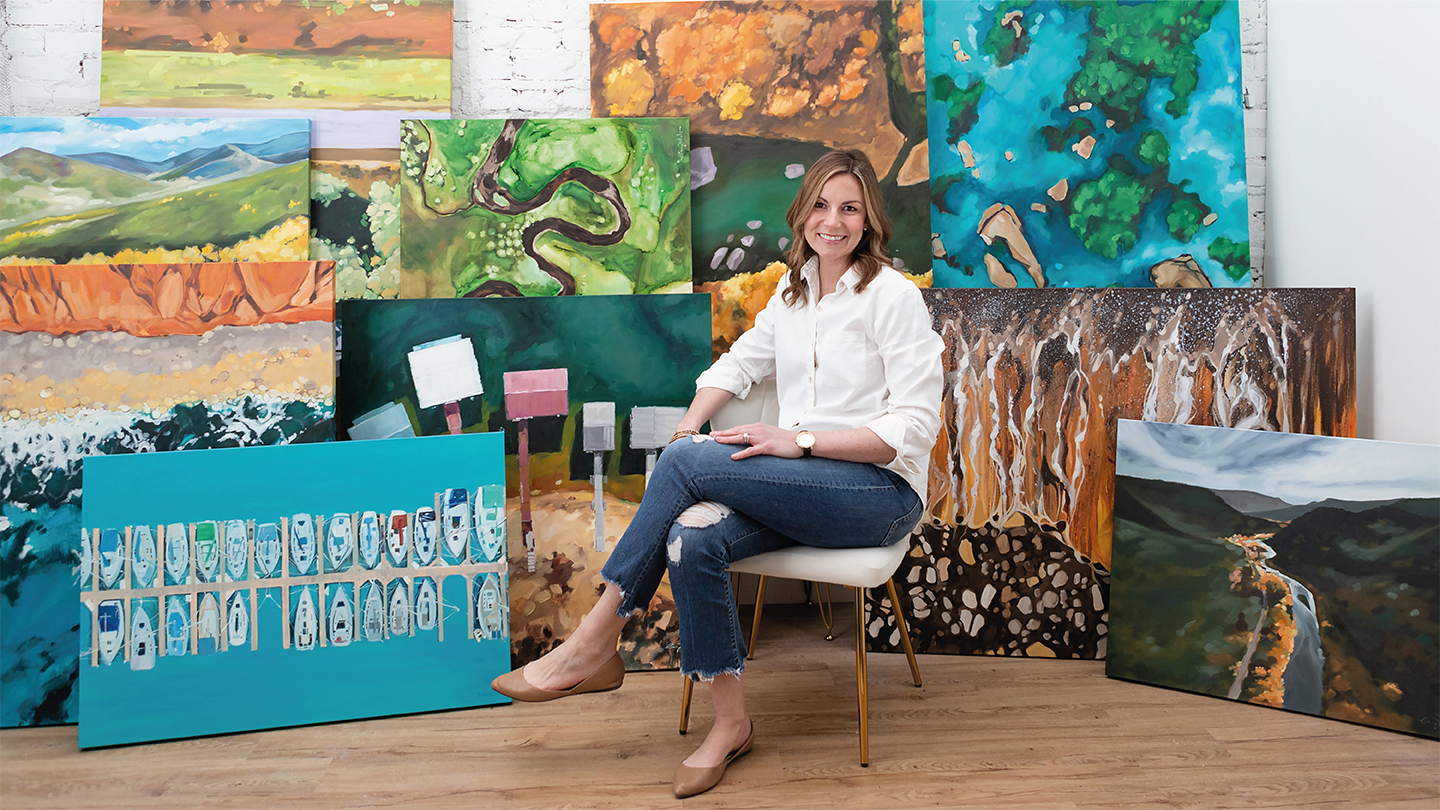
The aesthetic nature of microscope slides and agar plates has inspired many laboratory scientists to spend their spare time creating artwork based on what they see in the lab. But it’s not just clinical professionals that find inspiration in their surroundings.
Artist Evin Schuler has created a series of oil paintings inspired by pathology slides. Here, we find out what drew her to medical-themed artwork and why she continues to delve into the #pathart community.
What inspired you to create pathology-themed art?
In 2015, my father died from cancer after a relatively short year-and-a-half battle with the disease. I struggled with grief over his passing, and, as an artist, I also simultaneously struggled with finding inspiration and motivation to create art in the months following his death.
In an effort to overcome both painter’s block and heartache, I took to creating a new series of large paintings. These paintings were based loosely on pathology slides from actual cancer patients. But rather than paint in the pink and purple hues commonly found on the slide images, I recreated the images using my own color palettes. The result was a series of brightly colored and beautiful abstract paintings. The process of painting this series allowed me to grow in my craft but, most importantly, it helped to heal me ever so slightly from the trauma and turmoil that cancer had caused me and my family.
